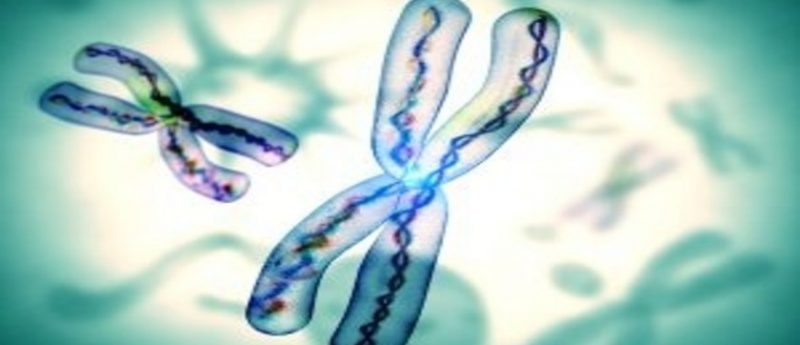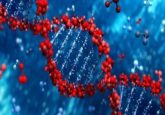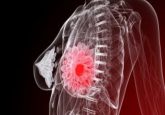Could preventative cancer surgery become a thing of the past?

Two studies from University College London (UCL; UK) and the University of Southern California (CA, USA), published recently in EBioMedicine, investigated the effect of the menstrual cycle on the development of breast and ovarian cancer. The studies have concluded that preventative surgery to remove the breasts may no longer be optimal in those with an increased risk of cancer.
Women who inherit BRCA1 and BRCA2 gene mutations can opt for a double mastectomy to reduce their risk of breast cancer, or removal of their fallopian tubes and ovaries to reduce risk of ovarian cancer.
Mutations in the BRCA1 and BRCA2 genes predispose a high risk for breast and ovarian cancer and are known to affect the organs controlling the menstrual cycle. The genetic predisposition to ovarian and breast cancer is determined by the combined effect that genetic mutations have on the hormones controlling the menstrual cycle and on the precancerous cells.
Hormones produced from the organs that control the menstrual cycle – progesterone in particular – can influence the development of cancer. For example, in the breasts, progesterone increases the amount of the RANKL protein: a trigger for breast cancer.
In the recent study conducted at UCL and supported by The Eve Appeal, reduced levels of OPG molecules were reported in the blood of women with BRCA1/2 mutations. OPG is an endogenous inhibitor of RANKL, possibly preventing it from triggering breast cancer.
Drugs that mimic OPG or reduce the effect of progesterone have the potential to reduce the risk of breast cancer; however, more research is required.
Martin Widschwendter, Professor at UCL and lead author commented: “Preventative surgery is quite a drastic measure and we’re unsatisfied with the situation – we are aiming to prevent breast cancer, and findings from our research are a significant step forward in demonstrating the importance of why further research is critical in this arena.
“Women who develop breast cancer as a consequence of their mutation develop cancers associated with poor prognoses that are difficult to treat. Prevention without surgery is the ultimate goal and this study is the first proof of principle – we have identified a new target we can now use to decrease breast cancer risk.”
In the second study, Louis Dubeau and colleagues at Keck School of Medicine, University of Southern California, developed a mouse model that uses mice genetically engineered to contain mutations in the equivalent to the human BRCA1 gene in the pituitary gland and ovaries, which control the menstrual cycle, as well as the common high-risk tissue sites.
They reported that some ovarian cancers originated in the tissues outside the ovarian and fallopian tubes, suggesting that removal of the fallopian tubes may not always be the optimal preventative strategy.
The model will help researchers to understand the effects of the menstrual cycle on cancer predisposition, with more insight into whether BRCA1 mutations are confined to high-risk tissue sites, or tissues that control the cycle.
In future research, Widschwendter and his team would like to test the effectiveness of OPG in preventing the development of breast cancer. In the meantime, they plan to utilize Dubeau’s mouse model and trial treatment in high-risk women waiting on preventative surgery.
Athena Lamnisos, Chief Executive of The Eve Appeal commented: “This is a step towards decoding these cancers and understanding how we can develop effective methods of risk prediction and prevention.”
Sources: Widschwendter M, Burnell M, Fraser L et al. Osteoprotegerin (OPG), the endogenous inhibitor of receptor activator of NF-κB Lligand (RANKL), is dysregulated in BRCA mutation carriers. EBioMedicine. DOI: 10.1016/j.ebiom.2015.08.037 (2015); Liu Y, Yen HY, Austria T et al. A mouse model that reproduces the developmental pathways and site specificity of the cancers associated with the human BRCA1 mutation carrier state. EBioMedicine. DOI: 10.1016/j.ebiom.2015.08.034(2015); Elsevier press release





